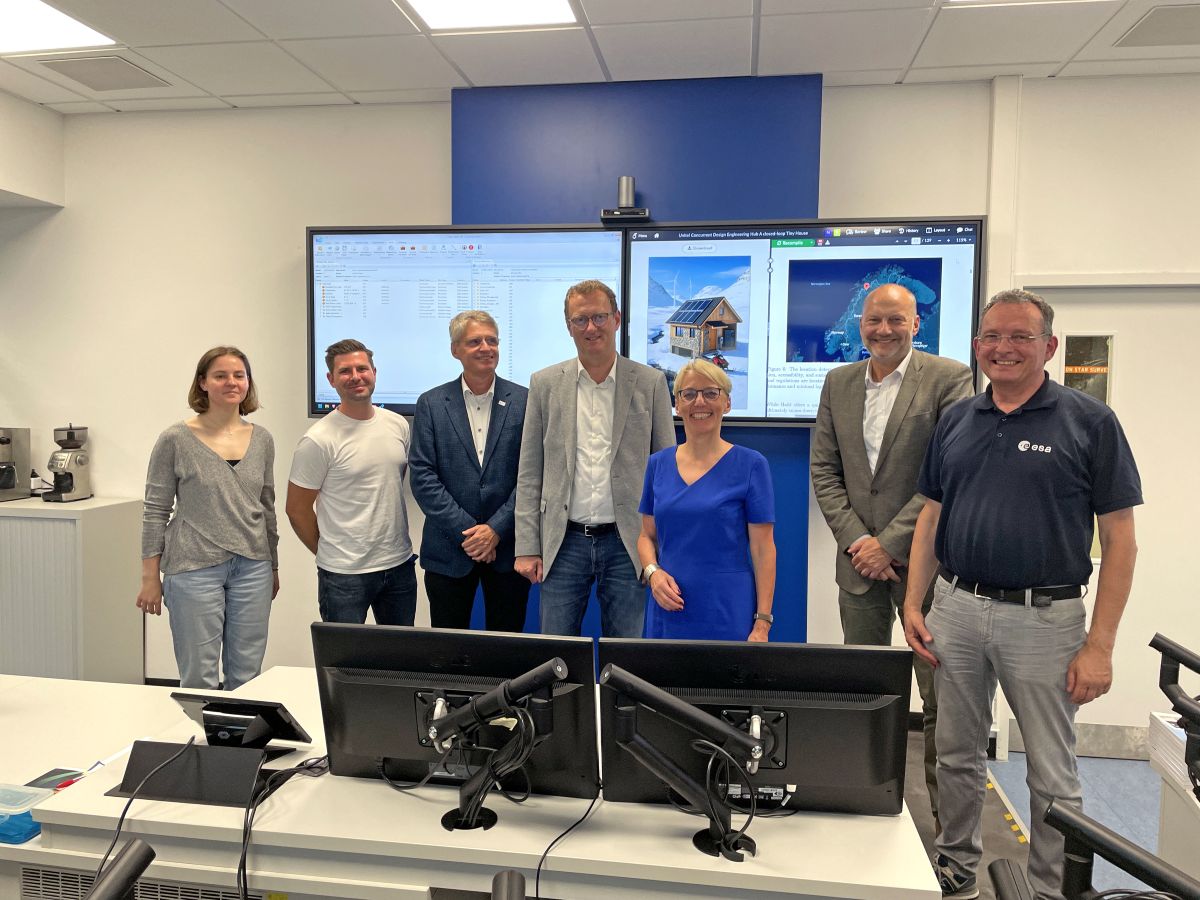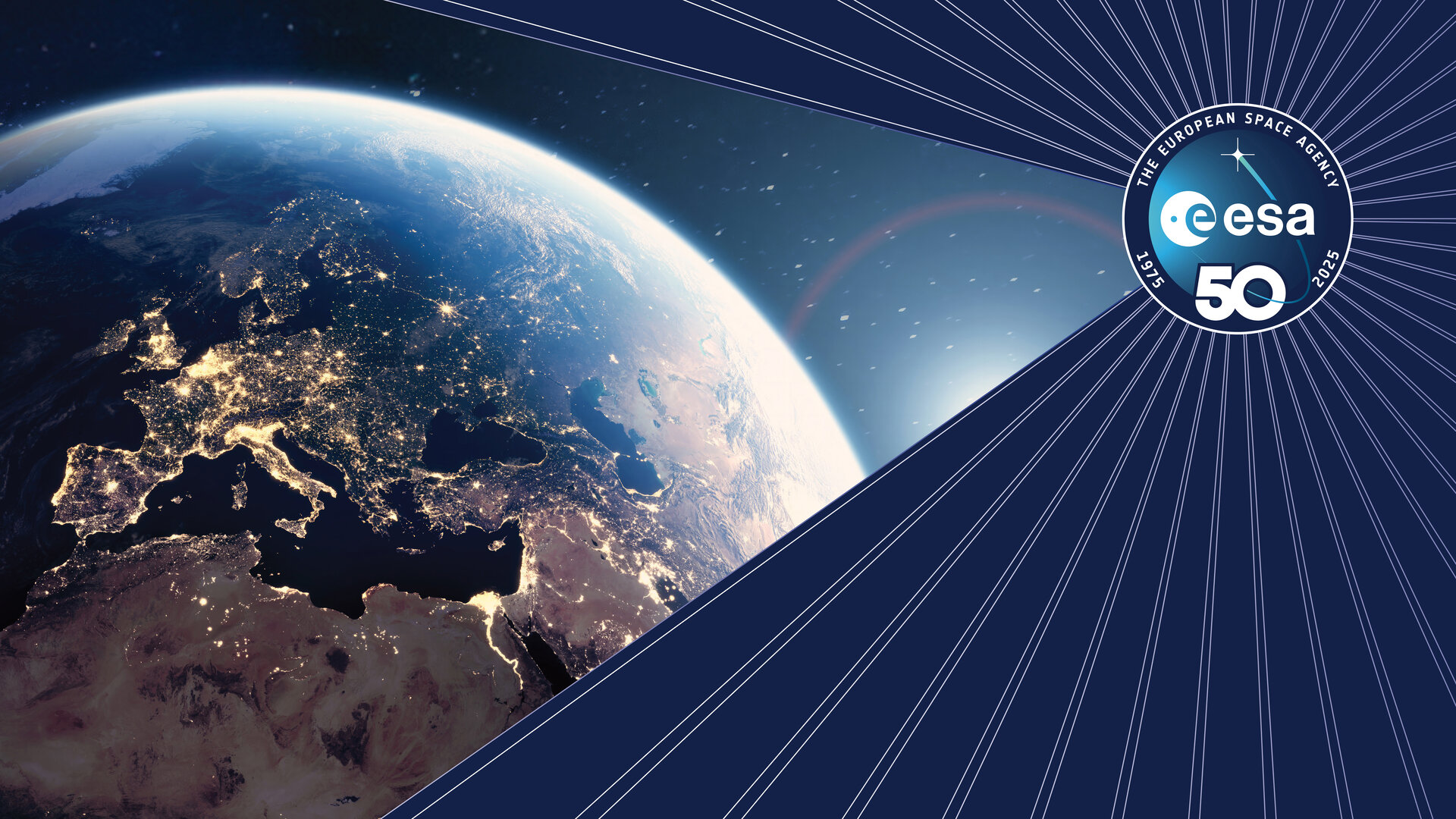Keeping vital data services safe from space debris
14 September 2023
On the morning of Sunday, 10 September, a collision risk alert came in at ESOC, ESA’s mission control, for the EU’s Sentinel-1 and a piece of ‘space junk’ – sadly now a common occurrence.
The potential collision would happen just as the Sentinel-1 satellite was to trace how the ground had buckled in response to Friday, 8 September's powerful earthquake in Morocco. Such data is vital to help scientists and emergency responders understand the quake and its effects.
The incident shows that the risk that space debris poses is not limited to the spacecraft themselves, but that it also negatively impacts their vital data collection services.
At ESOC, home to ESA’s Space Safety programme, we are committed to keeping both spacecraft and their data safe from space debris, improving sustainability in space by committing to the Zero Debris initiative and aiming for Clean Space.
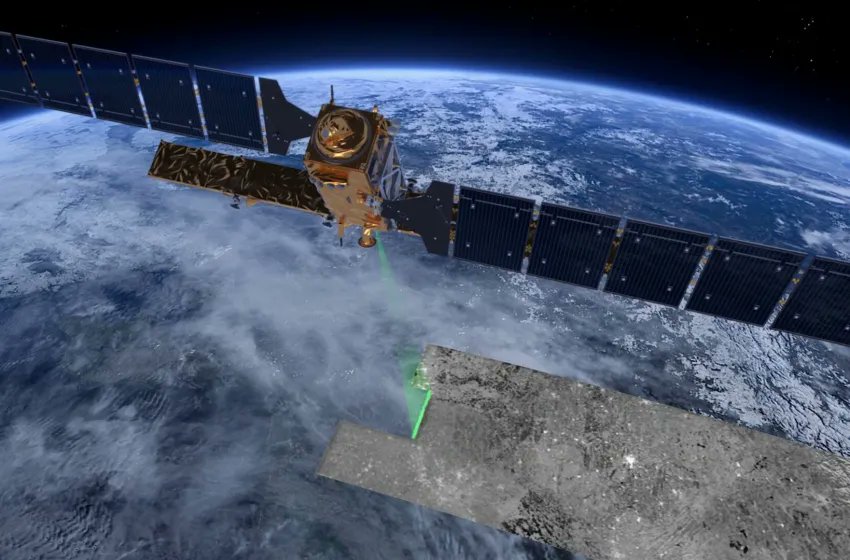
Keeping Sentinel-1 safe
After the alert came in, the Space Debris Office, Flight Dynamics and Sentinel-1 Flight Control Team calculated that an avoidance manoeuvre would be needed just as Sentinel was to fly over Morocco.
The collision avoidance manoeuvre would impact laser communications and disturb the precise orbit keeping crucial for these kind of earthquake measurements. Orbital mechanics meant the spacecraft's pass over Morocco was already locked in and couldn't be shifted to a different window to avoid being affected by the manoeuvre.
Spacecraft safety and protection of the space environment must always be our priority to keep these vital services going and for the long-term sustainability of space, so teams began manoeuvre preparations.
Our space debris experts carefully monitor and constantly reevaluate events like these as a close approach nears. Fortunately, just three hours before the manoeuvres were to be sent, we got the news that the estimated risk had dropped, and we could stay on course.
"We often think purely in terms of spacecraft safety and what to do in orbit, but situations like this bring home the real-life impact of dealing with space debris. I'm relieved this time we could still deliver the data." says Thomas Ormston, Sentinel-1 Deputy Operations Manager.
This time, the valuable data was collected allowing the ground movement in Morocco after the quake to be mapped.
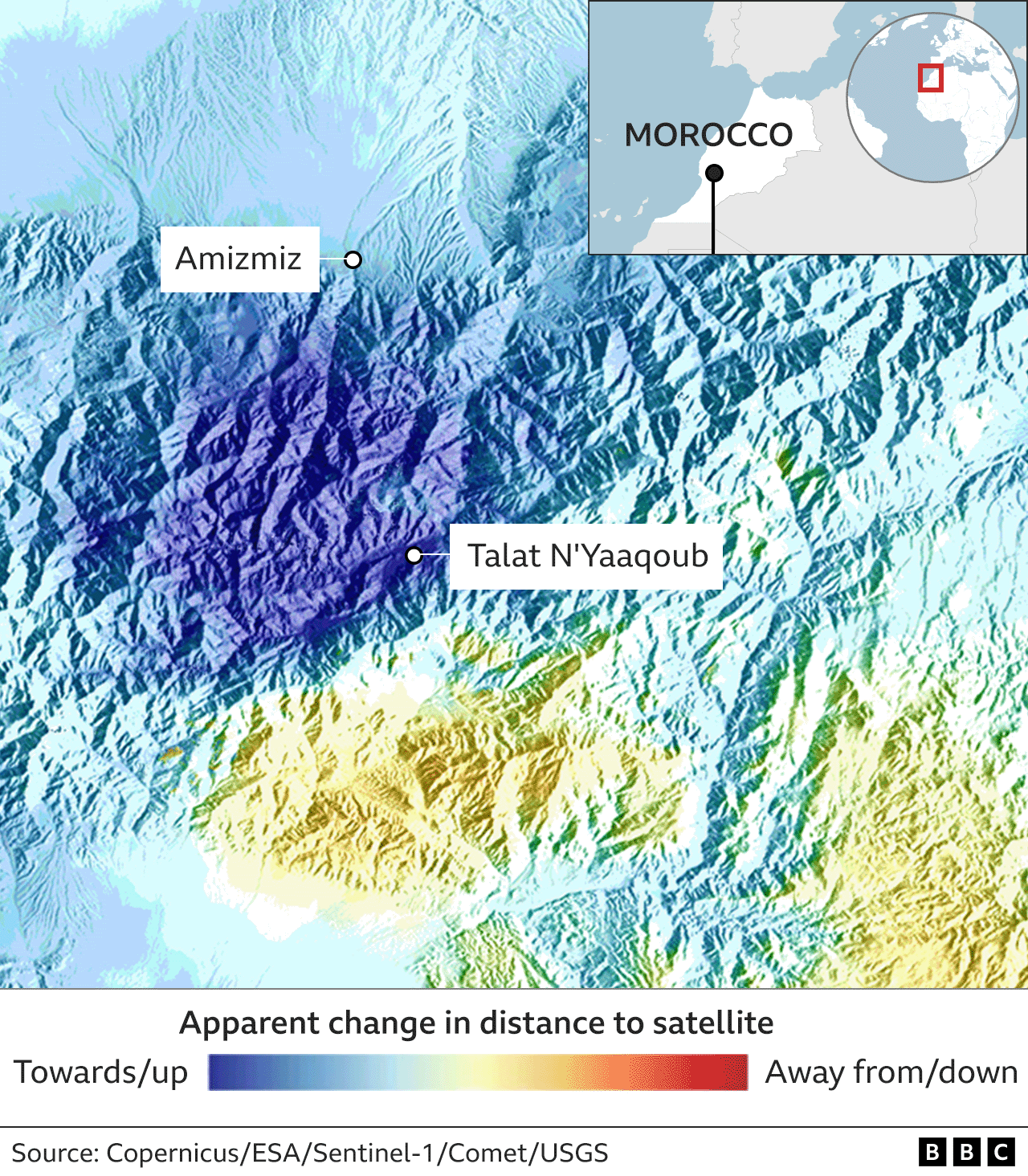
Committing to sustainability in space
This near miss provides a very real reminder that space debris has the potential to reach far beyond space and impact our daily lives on Earth, in particular during critical moments like this.
In the worst-case scenario, space debris can take out a satellite, so preventative collision avoidance manoeuvres are required. These manoeuvres happen more and more due to the congested space environment, they burn up fuel and shorten a mission’s lifespan, but can also affect its ability to execute its mission, like in this case.
ESA is committed to stop the creation of new space debris entirely by 2030 through its Zero Debris initiative, and the Zero Debris charter that is now in the works, together with ESA’s partners.
As ESA's 2023 Space Environment Report points out though, this alone is not enough. If we do nothing to remove debris from space, the amount of space debris will continue to grow through collisions with other debris, as we have passed a point of no return.
ESA is therefore also actively supporting and undertaking Clean Space activities, another pillar of its Space Safety programme, which includes developing and demonstrating space debris mitigation technologies in satellite design and active debris removal. An important example is the commissioning of the pioneering ClearSpace-1 active debris removal mission.
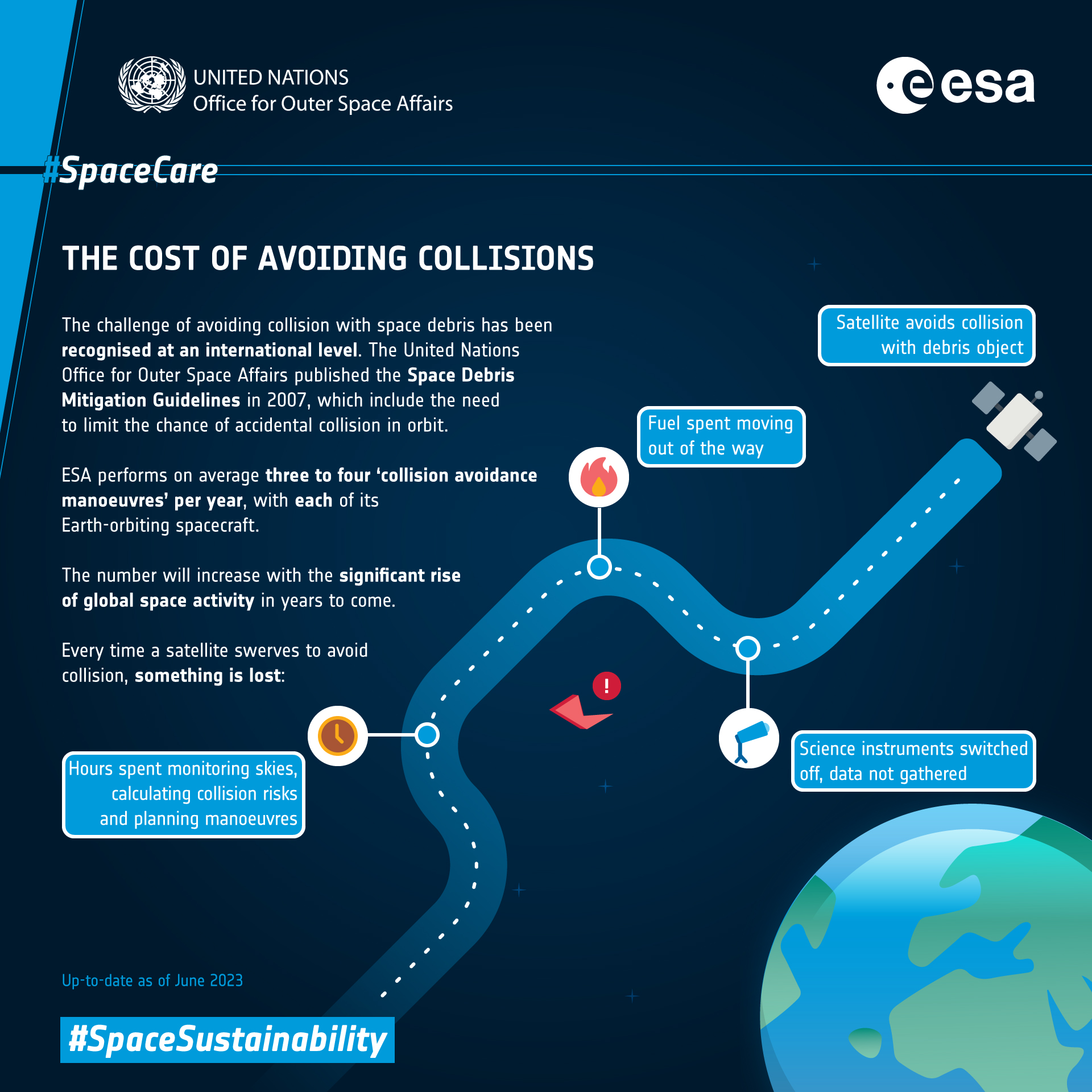
At ESOC, we experience ourselves the impact that space debris has on space operations much too often, giving us a clear picture of the risks. This time, we were able to collect the crucial data, but this is not a challenge that is getting easier.
ESA is ready to put in the work and be a leader on the road to sustainability in space, and ensure our continued success.


